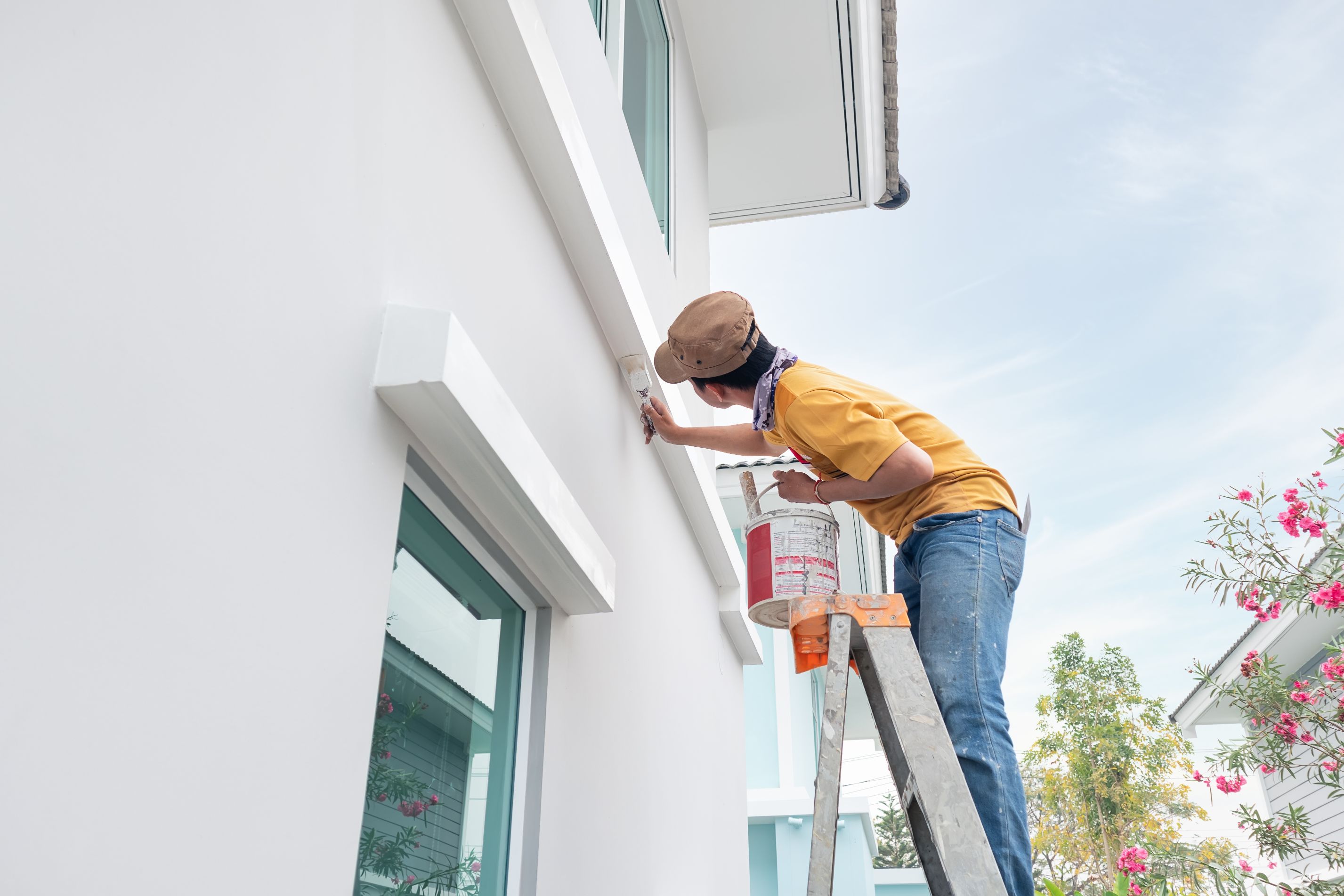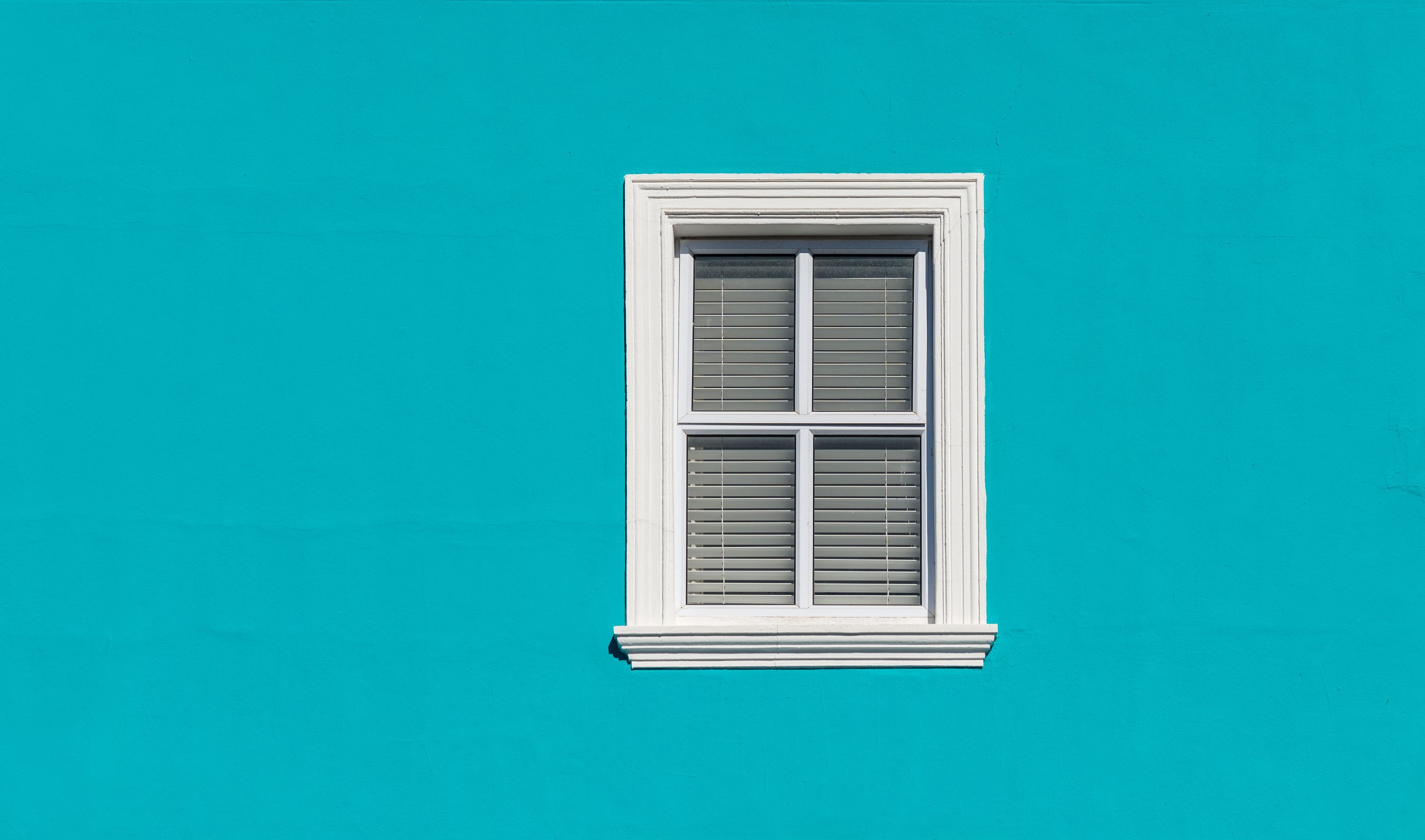Discover the various types of paints for exterior walls, including their properties, application techniques, and suitability for different surfaces and conditions. Read about Exterior Wall Paints and Things to Consider While Choosing Home Exterior Design.
Importance of Choosing the Right Paint for Exterior Walls
Choosing the right type of exterior wall paint is crucial for protecting surfaces, enhancing aesthetics, and ensuring long-term durability against weathering and other environmental factors. Explore Express Painting and Exterior Paint Colour Trends.
Factors to Consider when Selecting Exterior Wall Paint
Climate and Weather Conditions
The local climate and weather conditions should dictate the selection of exterior wall paint types to ensure optimal performance and protection.
Substrate and Surface Type
Different substrates and surface types require specific types of exterior wall paint to ensure proper adhesion and durability.
Longevity and Durability
Choose exterior wall paints known for their longevity and durability, ensuring they can withstand harsh elements and maintain their performance over time.
UV Resistance and Color Retention
Select exterior wall paints with excellent UV resistance and color retention properties to prevent fading and maintain vibrant and attractive surfaces.
Low Maintenance and Easy Cleaning
Consider exterior wall paints that offer low maintenance and easy cleaning capabilities, allowing for hassle-free upkeep and preserving the paint’s appearance.
Types of Exterior Wall Paints
Latex Paints
Latex paints, also known as exterior emulsions, are water-based paints that provide excellent durability and easy cleanup for exterior walls.
Oil-Based Paints
Oil-based paints offer exceptional durability and adhesion, making them suitable for high-traffic areas and surfaces exposed to harsh weather conditions.
Acrylic Paints
Acrylic paints are versatile and durable, providing good color retention, weather resistance, and ease of application for exterior wall surfaces.
Elastomeric Paints
Elastomeric paints are highly flexible and can bridge cracks, offering superior waterproofing properties and protection against extreme weather conditions.
Specialty Paints
Specialty paints include options like stain-resistant paints, mold-resistant paints, and thermal insulating paints, catering to specific needs for exterior wall projects.

Types of Finish and Texture Options for Exterior Wall Paints
Exterior wall paints offer various finish and texture options, including flat/matte, satin, custom finishes, semi-gloss, high-gloss, textured, and metallic finishes.
Flat/Matte Finish
Flat/matte finishes provide a non-reflective appearance, ideal for concealing surface imperfections and offering a smooth exterior wall color.
Satin Finish
Satin finishes provide a soft sheen, offering durability, easy maintenance, and a subtle luster for exterior walls.
Custom Finishes
Custom finishes allow for unique and personalized exterior wall colors, such as faux finishes or specialized texture effects.
Semi-Gloss Finish
Semi-gloss finishes provide a slight shine, offering durability, moisture resistance, and easy cleaning for exterior walls.
High-Gloss Finish
High-gloss finishes provide a high shine, offering excellent durability, moisture resistance, and a visually striking appearance for exterior wall surfaces.
Textured Finish
Textured finishes add dimension and visual interest to exterior walls, providing both aesthetic appeal and durability.
Metallic Finish
Metallic finishes create a reflective or shimmering effect, offering a modern and eye-catching appearance for exterior walls.
Smooth Finish
Smooth finishes provide a sleek and uniform appearance, emphasizing the color and enhancing the overall aesthetic of exterior walls.
Factors to Consider When Choosing Colors for Different Architectural Styles
Consider factors such as architectural style, regional influences, surroundings, historical context, and personal preferences when selecting exterior wall paint color combinations that complement and enhance the unique features of different architectural styles.
Popular Color Schemes and Trends for Exterior Walls
Explore popular color schemes and trends for exterior walls, including modern neutrals, bold and vibrant hues, earthy tones, monochromatic palettes, and complementary color combinations.
Painting Techniques and Tips for Exterior Walls
Choosing the Right Tools and Equipment
Select appropriate tools and equipment for exterior painting, including brushes, rollers, sprayers, ladders, and safety gear. Using high-quality tools and waterproof paint for outside walls ensures efficient application and durability.
Application Techniques
Apply the chosen exterior wall paint color combination using techniques like brush painting, rolling, or spraying, considering the specific requirements of the surface and desired finish.
Number of Coats and Drying Time
Apply the necessary number of coats as recommended by the manufacturer, allowing adequate drying time between coats. Properly timed drying ensures optimal adhesion, durability, and the desired exterior paint finish.
Conclusion
When choosing exterior wall paint color combinations, consider architectural style, regional influences, and personal preferences. Stay updated on popular color schemes and trends while considering longevity and timeless appeal. Master painting techniques, choose the right tools and equipment, and apply suitable waterproof paint for outside walls.
FAQs:
How do I prepare my exterior walls for painting?
Prepare your exterior walls for painting, clean the surfaces, repair any damages, and prime the walls if necessary.
Should I use a primer before applying paint to exterior walls?
Using a primer before applying paint to exterior walls is recommended, as it improves adhesion and enhances the durability of the paint job.
What are the advantages of using acrylic paint for exterior walls?
The advantages of using acrylic paint for exterior walls include excellent durability, weather resistance, color retention, and ease of application.
How many coats of paint are usually needed for exterior walls?
Typically, two coats of paint are recommended for exterior walls to achieve optimal coverage and a uniform finish.
Can I use a sprayer to apply paint to my exterior walls?
Yes, you can use a sprayer to apply paint to your exterior walls, which can provide quick and efficient coverage.


 Get in Touch
Get in Touch
